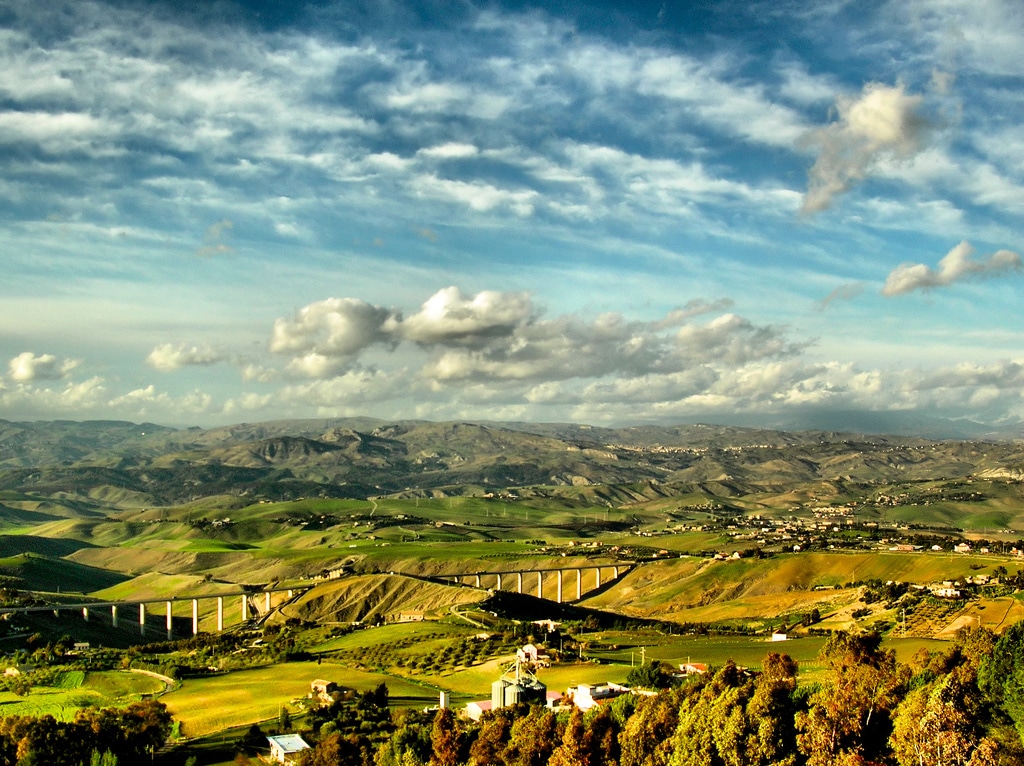 BBC News
BBC NewsBorrowing was £17.4bn last month, the second highest October figure since monthly records began in 1993.

Letter from Sicily, Philip Mould
Sicily is an extraordinarily layered country. It’s a fascinating place where the influences are still visible – and in many cases still palpable. You’ve got the Venetians, the Greeks, the Romans, the Normans, the Germans, the French, the Spanish. Then of course you’ve got Horatio Nelson who comes and gets in quite a state Sicily. He watered his ships at the Arethusa Fountain in Syracuse before the Battle of the Nile, and he ordered Marsala wine for the fleet from the winery in the west of the island. It’s absolutely heaving with the past; it is a lively cross-section of so many places.
Then you get this extraordinary event in 1693, which was a defining moment which was the mother of all earthquakes. It pretty much flattened everything. Before that disaster occurred it would have been the most astonishing classical playground. They then rebuilt it all in this sort of bonkers baroque style, which you see ubiquitously, pushing the language of baroque to its absolute limits.
Every building is almost moving as much as architecture can do, with these broken pediments and these great corbels which stick out. There are all sorts of wavy lines. This is very late baroque. This is eighteenth century baroque when baroque really gets going in the seventeenth century so it’s quite frivolous. But it’s consistent and it’s a stage set experience.
Although there are quite a few tourists and it’s quite crowded, there’s a lot to excite and lift you wherever you go. And it’s all done in this highly concentrated limestone which has a uniformity of appearance and an eighteenth century harmony which is rather staggering. While it’s a terribly poor country and the stink of the paternoster is around, and all the infrastructure’s not been quite completed because of corruption. It’s not really like Italy actually. I think I’ve added my sense of Sicily to European civilisation: you see another aspect of to a place which you thought you knew.
One strange thing about going to a place later in life is that a part of you almost assumes there’ll be not that much there, otherwise you’d have heard of it already. But what we find is instead this invention and perennial surprise of new places.
I think there are some places in the world – perhaps the Lake District is one – where you get this continuity and purity, but sometimes it can be difficult to get the measure of a place when you can feel commerce has moved into it. You lift your eyes and you see the industry on the outside. It’s rather like the plastics in the sea; you’d have to be blind not to see that we lived in this semi-ruined world. It’s rather like pylons – you have to will them to not be there to have some form of historical innocence.
I find suspension of disbelief difficult when it comes to travel; I suppose one must take a leap of the imagination, and try to peer past all the fixtures of the tourist industry. This is difficult but it is certainly worth doing. Perhaps people have been saying since Roman times, it’s as if wherever we look we’re seeing the destruction by humanity of our surroundings. This is why at my home in Duck End, we try to create a haven. It’s important to retain an element of romanticism; I believe I must care for the world around me.
Art is much the same. When a painting is complete they’re a pure and subjective response to the world as it was then, and as artefacts they remain constant in a world where things are changing and disappearing. As I think about it, single artefacts, although they may be damaged and deteriorate, they are things you can hold onto more than is the case at the macro level. These are the sorts of thoughts I get as I travel through Sicily. It is an interesting exercise for instance to walk through a Canaletto as opposed to walking through a street in a country we’ve not been through.
There’s one painting of London by Canaletto in Prague, it’s huge about three metres wide and two metres high, obviously done with a camera obscure from the Thames and looking at the City. It’s astonishing because of the verisimilitude of everything that was there, and the happenings on the river, and the density of medieval London which still existed after the Fire. I was possessed by that – I walked in there on a rainy day and it was astonishing. It almost paves the way to a sort of linear abstraction. Perhaps this is what travel sometimes teaches us: to look again at what we have back home.